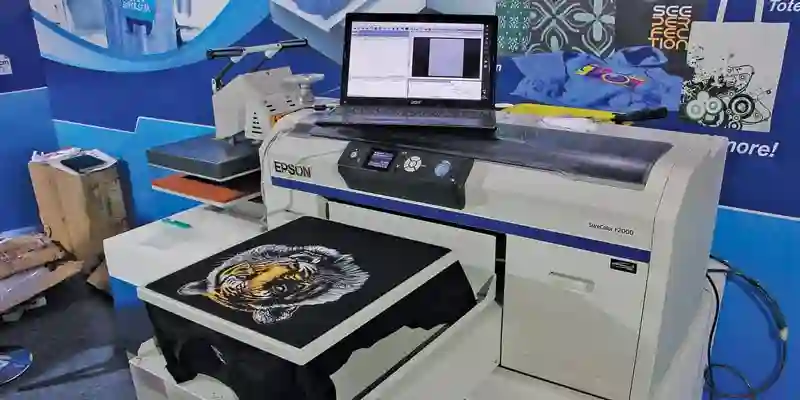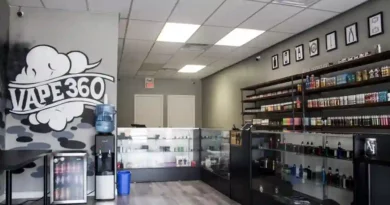Why DTG Print Services Succeeds
DTG, or Direct to Garment, printing is a newer garment printer technology that can be an ideal addition to your print shop. This method produces high-detail, full color designs without requiring screens.
DTG printers are similar to inkjet printers but use specialized water-based inks that print on fabric. These inks are also compatible with natural fibers like cotton and bamboo.
Customization
Custom DTG printing is a unique opportunity for print shops to offer customers high quality t-shirts, hoodies, and other apparel with their own design. It’s also an excellent way for customers to order one-off items or small quantities of products in a single order.
The printing process involves spraying ink directly onto the garment. DTG is a newer t-shirt printing method that has grown in popularity over the last few years.
DTG printers use a clear solution to help the shirt accept ink and prevent it from washing off, enhancing the quality of the printed image. This pretreatment is a key part of the DTG process and a good printer can handle it quickly and easily.
Both screen printing and DTG are viable options for t-shirt printing, but there are a few important things to consider. For example, simple designs that don’t have too many colors or details are best suited to screen printing, while more intricate and colorful designs are better suited for DTG.
Speed
Unlike screen printing, where a single color is applied to each shirt at a time, PRUF allows you to print an unlimited number of colors. This makes it a great option for last-minute orders or if you need a full-color design with large details.
DTG prints are also very durable because the ink actually penetrates into the fabric, rather than transferring onto the surface of the garment. This means that your print will last up to 80 washes without losing color vibrancy or cracking or peeling off the shirt.
The DTG process involves pre-treating the garment with a clear solution that assists in the fibers accepting the ink from the printer. This is to prevent the ink from washing off and enhancing the color vibrancy of the design.
DTG printing works best on 100% cotton garments but it is possible to print a few blends with up to 50% of cotton content. It is important to note that if the percentage of cotton is too low, the colors will lose their vitality.
Efficiency
DTG Printing is a very efficient printing technique that can be used for large orders, as well as one-time production runs. It is also eco-friendly and a great option for those who want a greener printing method.
DTG printing can handle a wide range of colors, which is why it is considered to be the best method for t-shirt printing. It can also be used on shirts made from polyester or poly-cotton blends, but it is recommended that the garment is 100% cotton for the best results.
Unlike screen printing, DTG does not require screens to be set up, which makes it more affordable and quicker for small orders. Furthermore, DTG is a great alternative for multi-color designs, which can be difficult to do with screen printing.
DTG printers use CMYK color inks to reproduce a digital image. Garments are then pre-treated to ensure that the process goes as smoothly as possible. A white under base is applied before the color prints to enhance vibrancy.
Quality
Direct-to-garment (DTG) printing is a convenient and cost-effective way to print custom t-shirts on-demand. This method uses water-based inks to create vivid prints that are durable and long-lasting.
In contrast, screen printing requires stencils for each color used in the design. This process can be time-consuming and expensive, particularly when producing large numbers of custom t-shirts.
DTG is also more environmentally friendly because it doesn’t require the use of chemicals and toxic inks. Many DTG printer manufacturers use water-based vegan DTG inks that are non-hazardous, toxin-free, biodegradable, and contain no animal by-products.




